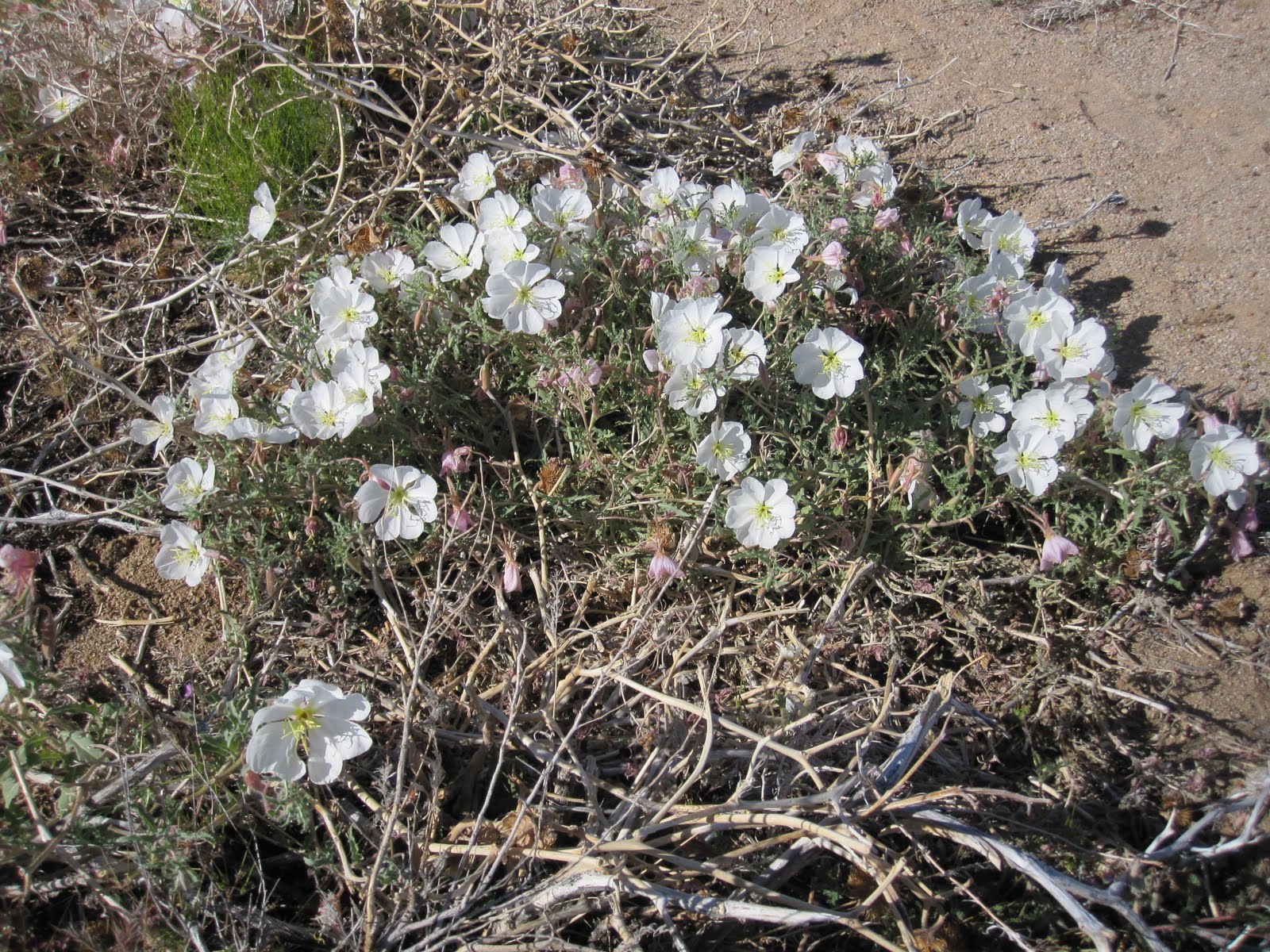Arizona Evening Primrose
(Oenothera arizonica)

Description
Oenothera arizonica, commonly known as Arizona Evening Primrose or Arizona Sundrops, is a remarkable flowering plant that belongs to the family Onagraceae. This captivating species is native to the arid regions of the American Southwest, particularly Arizona and New Mexico. Oenothera arizonica is known for its stunning yellow flowers, which bloom in the evening, adding a touch of enchantment to the desert landscape. In this article, we will delve into the various aspects of Oenothera arizonica, including its botanical features, habitat, ecological significance, and cultural uses. Botanical Features Oenothera arizonica is a perennial herb that displays several distinctive characteristics. The plant typically grows to a height of 1 to 3 feet (30 to 90 centimeters), with a sprawling or erect form. The stem of Oenothera arizonica is often reddish-brown, branching out to create a bushy appearance. The leaves are lanceolate or oblanceolate in shape, with slightly toothed or smooth margins. They are typically light green in color and can be up to 4 inches (10 centimeters) long. The most striking feature of Oenothera arizonica is its exquisite flowers. The flowers are held on slender stalks, rising above the foliage. They have a diameter of about 2 inches (5 centimeters) and consist of four bright yellow petals. Each petal is broadly obovate in shape and tapers to a point. The petals surround a prominent central pistil with a four-parted stigma and eight stamens. The flowers are protandrous, meaning that they open in the evening and close the following morning. Habitat and Distribution Oenothera arizonica is well adapted to thrive in the harsh desert environments of the American Southwest. It is primarily found in the Sonoran Desert and the Chihuahuan Desert, which span parts of Arizona, New Mexico, and adjacent regions of Mexico. This species favors dry, rocky slopes, open desert areas, and sandy soils. It is often encountered at elevations ranging from 3,000 to 6,000 feet (900 to 1,800 meters) above sea level. Ecological Significance Oenothera arizonica plays a crucial role in the arid ecosystems it inhabits. As a native plant species, it is an essential component of the natural flora, contributing to the overall biodiversity and functioning of desert ecosystems. The bright yellow flowers of Oenothera arizonica serve as an important source of nectar for various pollinators, including bees, butterflies, and moths. These pollinators facilitate the reproductive process by transferring pollen from the stamens to the stigma, enabling the formation of seeds and fruits. Furthermore, the seeds of Oenothera arizonica provide a vital food source for a variety of wildlife, such as birds and small mammals. The plant's foliage also serves as a shelter for insects and small animals, offering protection from the scorching sun and potential predators. Oenothera arizonica has evolved specific adaptations, such as deep taproots, to access underground water sources, making it resilient in arid conditions and contributing to soil stabilization. Cultural and Ethnobotanical Uses Oenothera arizonica holds cultural significance for Native American tribes in the Southwest. Some tribes, including the Apache and Hopi, traditionally used various parts of the plant for medicinal purposes. The roots were sometimes used to make a poultice for treating skin ailments and to alleviate pain. Additionally, the plant's seeds were consumed as a nutritious food source, either eaten raw or ground into a flour-like substance. The seeds were also used in the preparation of traditional dishes and added nutritional value to the indigenous diet. In contemporary times, Oenothera arizonica has gained popularity in xeriscaping and native plant gardening. Its striking yellow flowers and ability to thrive in arid conditions make it an attractive addition to water-wise landscapes. Gardeners and landscape designers appreciate its ability to add a vibrant splash of color to desert gardens, while requiring minimal water and maintenance. Oenothera arizonica is often used in rock gardens, borders, and naturalized areas, where its blooms can create a captivating display during the evening hours. Conservation Status and Threats While Oenothera arizonica is not currently listed as a threatened or endangered species, like many native plant species, it faces certain conservation challenges. Habitat loss due to urbanization, agriculture, and invasive species encroachment poses a threat to the populations of Oenothera arizonica. The proliferation of non-native plants can outcompete and displace native species, including this delicate evening primrose. To ensure the long-term survival of Oenothera arizonica and other native plants, conservation efforts should focus on preserving and restoring their natural habitats. This includes the protection of desert areas, the establishment of native plant reserves, and the promotion of sustainable gardening practices that prioritize the use of native species. Additionally, raising awareness about the ecological importance of Oenothera arizonica and its role in desert ecosystems can foster appreciation and conservation efforts. Conclusion Oenothera arizonica, or Arizona Evening Primrose, is a captivating native plant of the American Southwest. Its beautiful yellow flowers, which bloom in the evening, make it a unique and enchanting addition to the arid desert landscape. With its adaptations to thrive in harsh conditions and its ecological significance as a pollinator attractor and seed provider, Oenothera arizonica plays a crucial role in desert ecosystems. Additionally, its cultural uses in traditional medicine and as a food source highlight its significance to indigenous communities. By understanding and conserving this remarkable species, we can contribute to the preservation of the rich biodiversity of the American Southwest and ensure the enjoyment of its beauty for generations to come.
Taxonomic tree:







